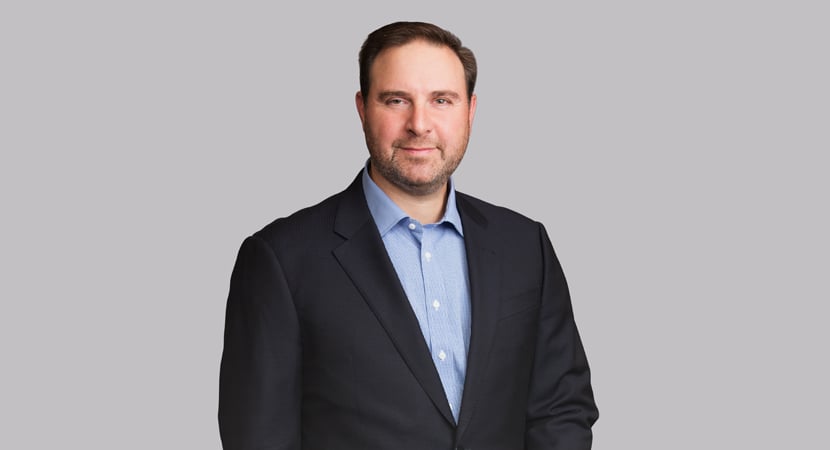Updated Nov. 3, 2021: The New York State Commissioner of Health announced on Oct. 31 the continued designation of COVID-19 as a “highly contagious communicable disease” pursuant to the HERO Act through Dec. 15. According to the designation, the Commissioner “will review the level of transmission of COVID-19 in New York State and determine whether to continue this designation” at that time.
The New York State Department of Health (NYSDOH) has designated COVID-19 as an airborne infectious disease under the NY HERO Act, triggering new legal responsibilities for employers.
The designation requires that all employers implement workplace safety plans to help prevent workplace infections. Gov. Kathy Hochul said in an announcement on Sept. 6 that employers can either adopt the New York State Department of Labor (NYSDOL) model plan that it posted on July 7 along with plan standards, or develop their own that meets or exceeds the model plan’s standards. The current designation remains in place through Thursday, Sept 30, but may be extended by the NYSDOH Commissioner.
New Law’s Mandates
As our earlier client alerts reported, in response to the COVID-19 pandemic, the state enacted New York Health and Essential Rights Act, known as the NY HERO Act (Senate Bill 1034-A/Assembly Bill 2681-B), which took effect on June 4. It mandates the development of model airborne infectious disease prevention standards, directs private-sector employers to adopt these standards or develop their own comprehensive airborne infectious disease exposure prevention plan, gives employees a voice in the development process and establishes penalties for violations.The new law obligated employers to have a plan in place by Aug. 6, whether they adopted the model plan or developed their own, and to distribute the plan to their employees by Sept. 5. A copy of the plan must also be included in employee handbooks. Until now, employers did not need to “activate” the plan because the state had not yet designated COVID-19, or any other illness, as an airborne infectious disease.
Any employer that has not yet adopted or developed a workplace safety plan and/or distributed the plan to its workforce must do so immediately.
State Model Benefits
Given the choice to adopt the state’s model plan or develop their own plan, we recommend that employers adopt the state’s model for three reasons:
- Adoption of the state model should provide a compliance safe harbor.
- If an employer eschews the model plan, it is required to engage employees in “meaningful participation” — the parameters of which are undefined — to develop a plan alternative.
- The model plan is relatively simple to implement because it is largely a template with open fields that the employer must fill in.
It must be noted, however, that any deviations from the template beyond filling in the open fields will likely trigger the need for employee review and/or participation as an alternative plan, according to the NYSDOL.
Employers’ Next Steps
Now that COVID-19 has been designated as an airborne disease under the NY HERO Act, New York employers must take the following actions (if they have not already):-
Immediately review the workplace’s exposure prevention plan and update the plan, if necessary, to ensure that it incorporates the most current information, guidance and mandatory requirements issued by federal, state or local governments related to the infectious disease (i.e., COVID-19).
-
Finalize and promptly activate the workplace exposure prevention plan. Activation of the plan includes many of the same restrictions in effect before former Gov. Andrew Cuomo lifted restrictions for vaccinated individuals earlier this year:
-
Implementing at least the minimum exposure controls set forth in the model plan: health screening, face coverings, physical distancing, hand hygiene, cleaning and disinfection, “respiratory etiquette,” and special accommodations for individuals with added risk factors.
-
Providing training of the plan verbally in a manner most suitable to avoid spread of the disease (via audio or videoconference) with “employees” (this includes contractors and individuals employed through staffing agencies) that covers all elements:
-
The infectious agent (SARS-CoV-2) and the disease(s) it can cause (COVID-19).
-
The signs and symptoms of the disease.
-
How the disease can be spread.
-
An explanation of the plan.
-
The activities and locations at the work site that may involve exposure to the infectious agent.
-
The use and limitations of exposure controls.
-
A review of the standard, including employee rights provided under the NY HERO Act.
-
-
-
Provide a verbal overview of the plan for employees, which includes contractors and individuals employed through staffing agencies. Employers should conduct the verbal overview in a manner most suited to the prevention of an airborne infectious disease, for example, via audio or videoconference technology, according to the NYSDOL.
-
Give each employee a copy of the exposure prevention plan in English or in the language identified as the primary language of such employees, if available.
-
Post the plan in the workplace where it is accessible to employees during all work shifts.
Health and Safety Committee
Under the NY HERO Act, employers with 10 or more employees also need to permit workers to establish and administer joint employer-employee workplace health and safety committees for each work site, consistent with the provisions of the NY HERO Act, by as early as Nov. 1, 2021. According to the latest NYSDOL guidance, the agency “will issue regulations regarding workplace safety committee requirements in the future.” Employers should therefore prepare for the possibility of having to establish such committees and stay tuned.-
 Partner
Partner
)